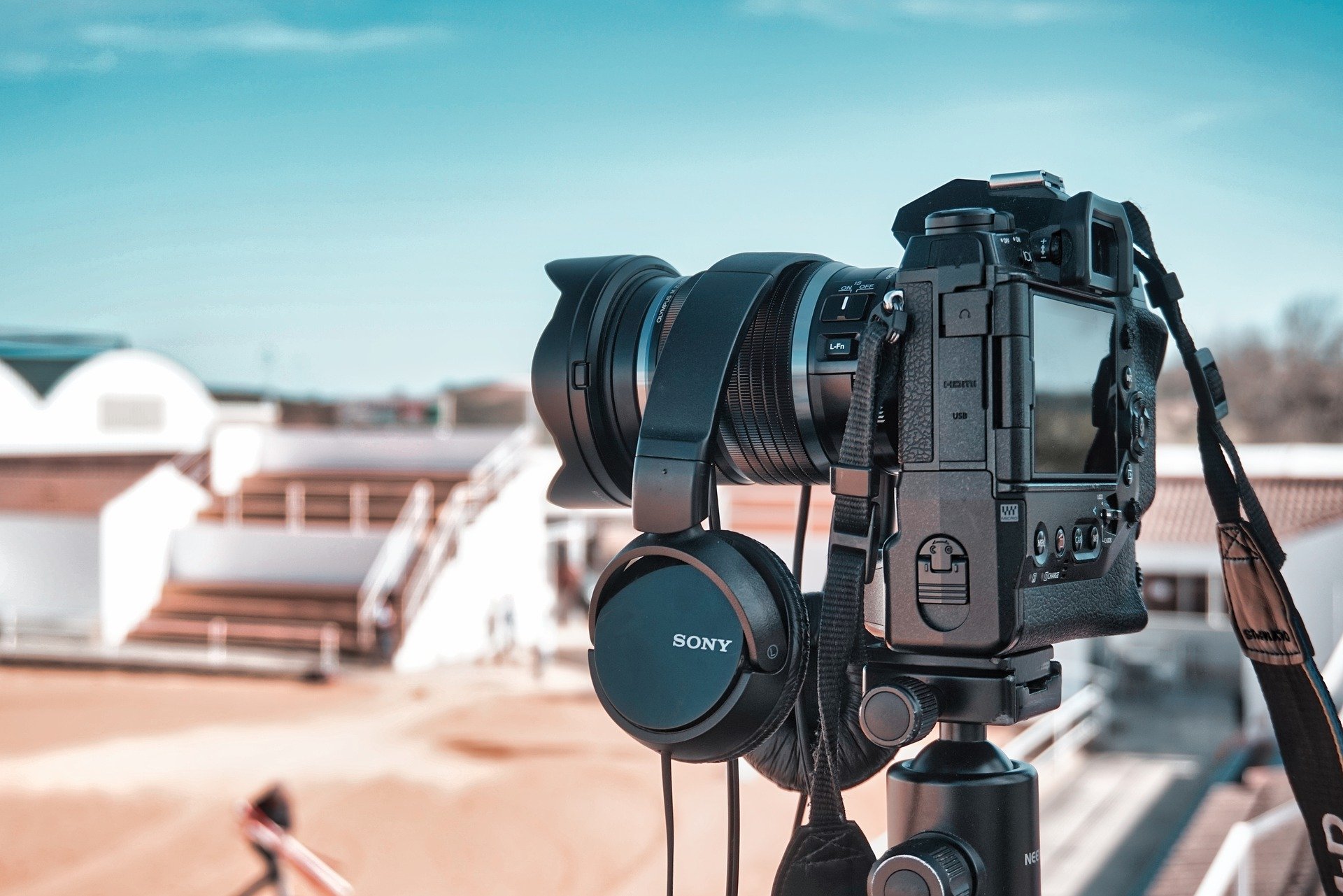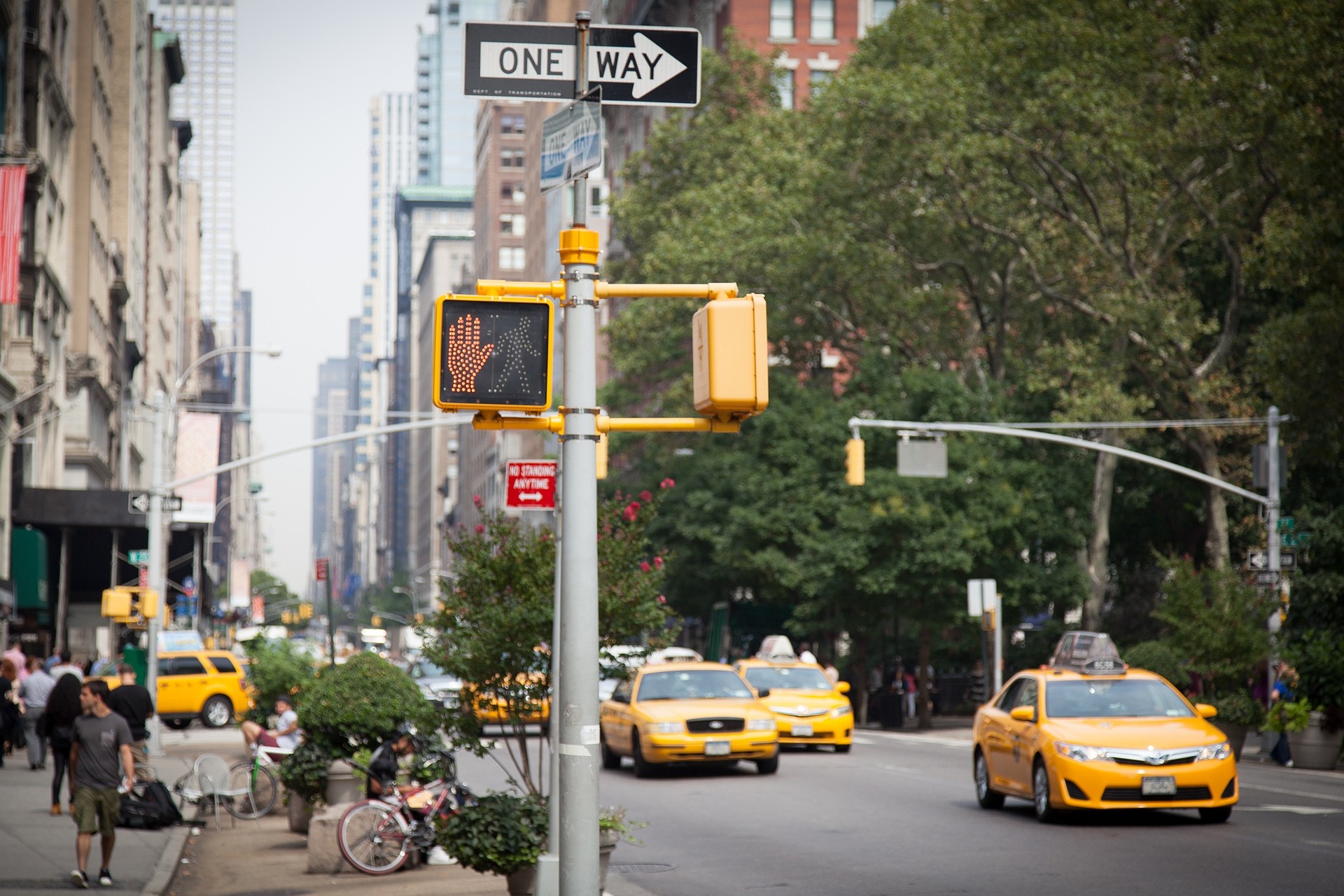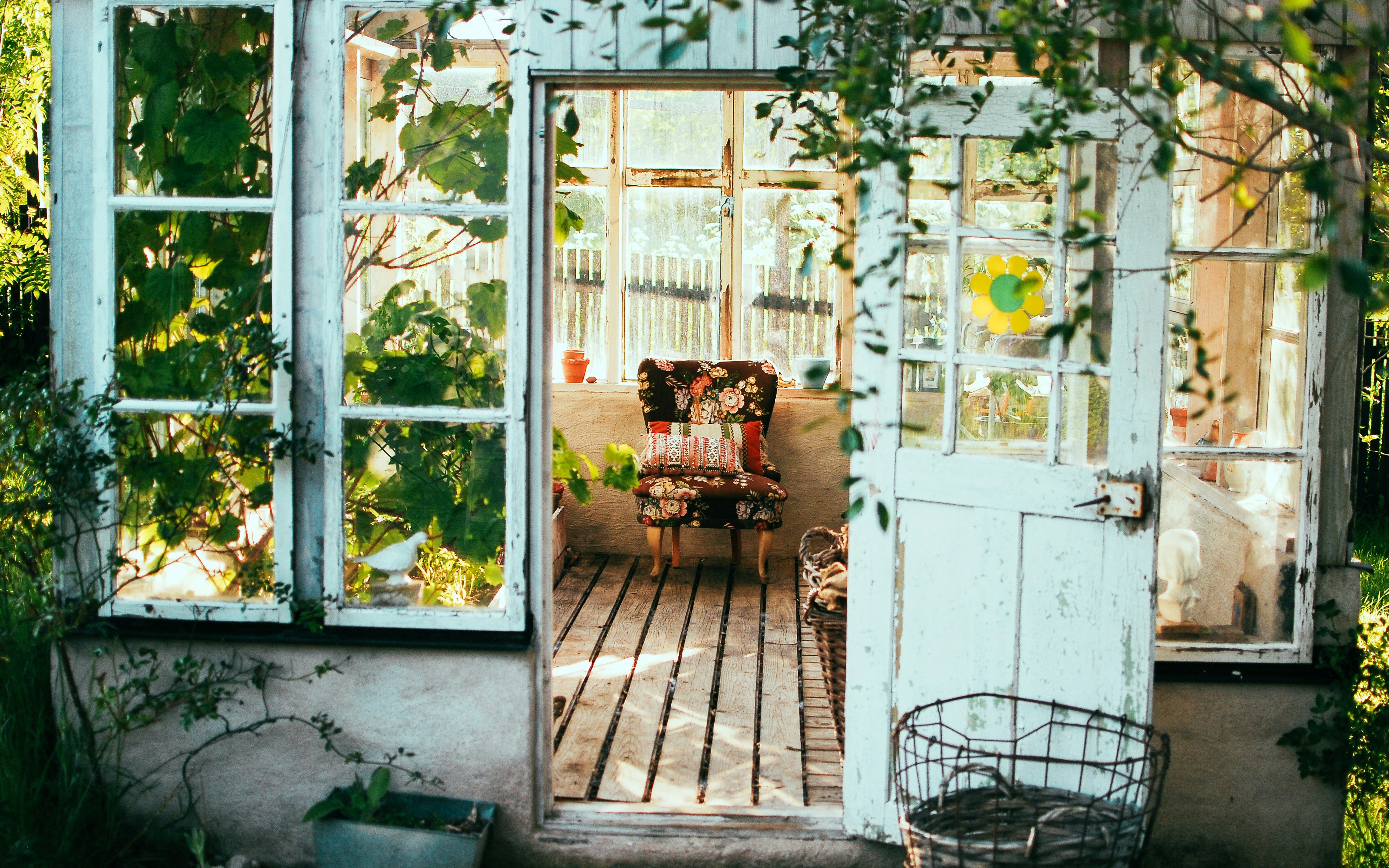Synesthesia in Modern Arts: A Sensory Fusion Revolutionizing Creative Expression
Introduction: Dive into the intriguing world of synesthesia in modern arts: a sensory fusion that's transforming creative expression. Uncover how this fascinating phenomenon blurs the lines between the senses, creating a vibrant, multisensory artistic experience.

A Glimpse into Synesthesia
Synesthesia is a perceptual phenomenon where stimulation of one sensory pathway involuntarily triggers experiences in a second sensory pathway. This condition, which affects approximately 4% of the population, can manifest in numerous ways— such as ‘seeing’ sounds, ‘tasting’ words, or ‘feeling’ colors. While it may seem unusual to most, synesthesia has gradually found its way into the realm of arts and entertainment, fostering a unique, multisensory approach to creative expression.
Synesthesia’s Historical Context in Arts
Synesthesia isn’t a new concept in the arts. Russian painter Wassily Kandinsky, one of the pioneers of abstract art, was a synesthete who envisioned colors when he heard music. His paintings—filled with geometric shapes and vivid hues—attempted to visually represent these auditory sensations. In the 20th century, American composer Alexander Scriabin created a ‘color organ’ to project a light show alongside his symphony, aiming to merge auditory and visual experiences. Despite these early instances, synesthesia remained largely unexplored until the emergence of modern technologies and digital media.
The Synesthetic Turn in Contemporary Art
In recent years, synesthesia has gained traction in the arts, particularly in digital and multimedia art forms. Artists are leveraging cutting-edge technologies to create multisensory installations that encapsulate the synesthetic experience. One notable example is the British artist and synesthete, Neil Harbisson, who uses an antenna implanted in his skull to perceive colors as sounds. His performances and installations have generated worldwide attention, prompting discussions about the boundaries of human perception and the potential of technology in art.
The Significance and Reception of Synesthetic Art
The reception of synesthetic art has been largely positive, with critics lauding its innovation and immersive quality. This multisensory approach to art challenges traditional artistic norms, offering audience members a novel, engaging experience. Furthermore, it fosters empathy and understanding towards synesthetes, raising awareness about this unique neurological condition. Synesthetic art also probes intriguing questions about the nature of perception and the entanglement of our senses, pushing the boundaries of what we consider art.
The Future of Synesthetic Art
Synesthesia in modern arts represents a dynamic shift in our understanding and engagement with artistic expression. As artists continue to explore this sensory fusion, we can anticipate a future where art extends beyond a singular sensory experience—into a vibrant, multisensory spectacle that challenges our perceptions and stimulates our imaginations. The synesthetic revolution in arts is just beginning, and its potential is as limitless as the sensory combinations it seeks to explore.




